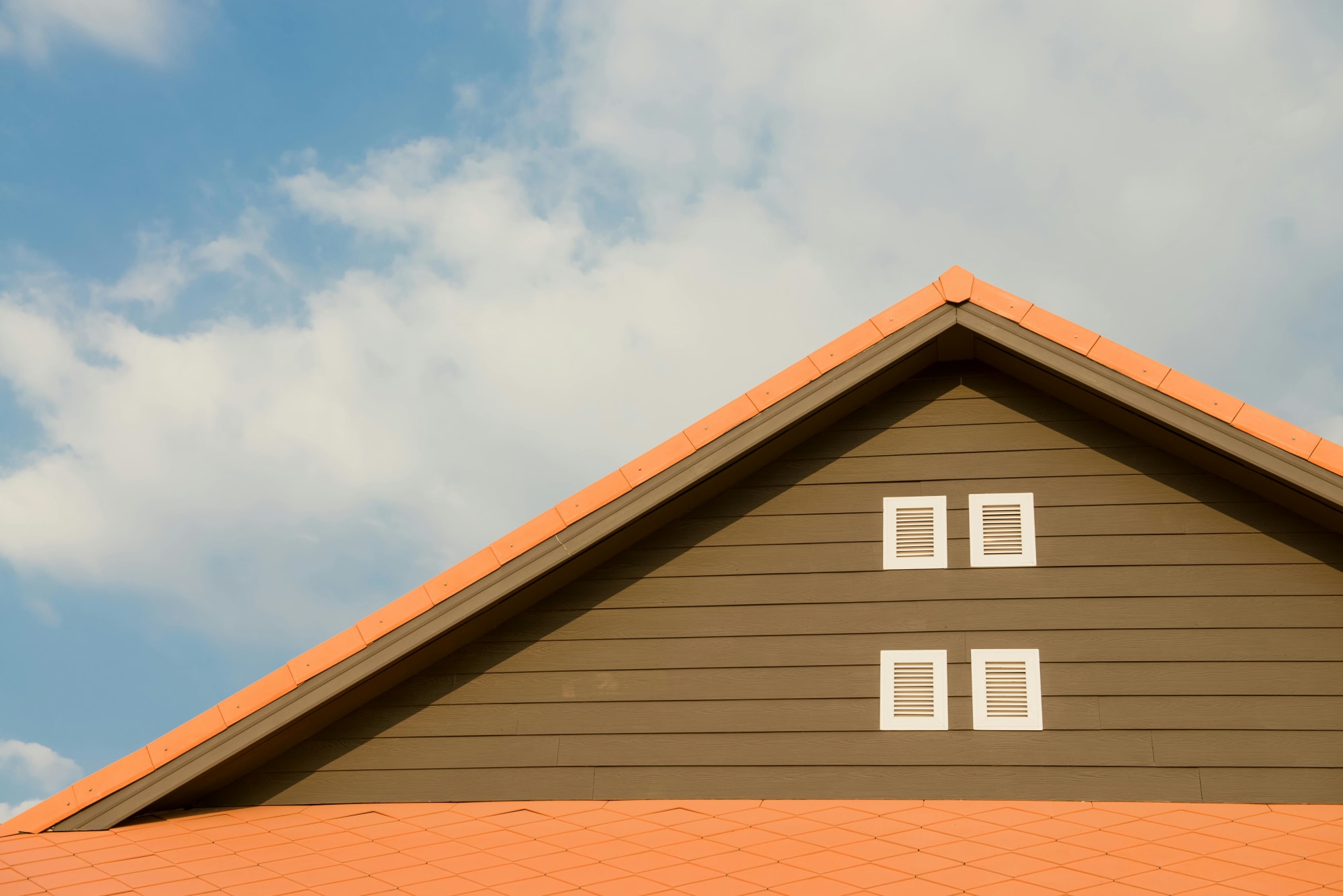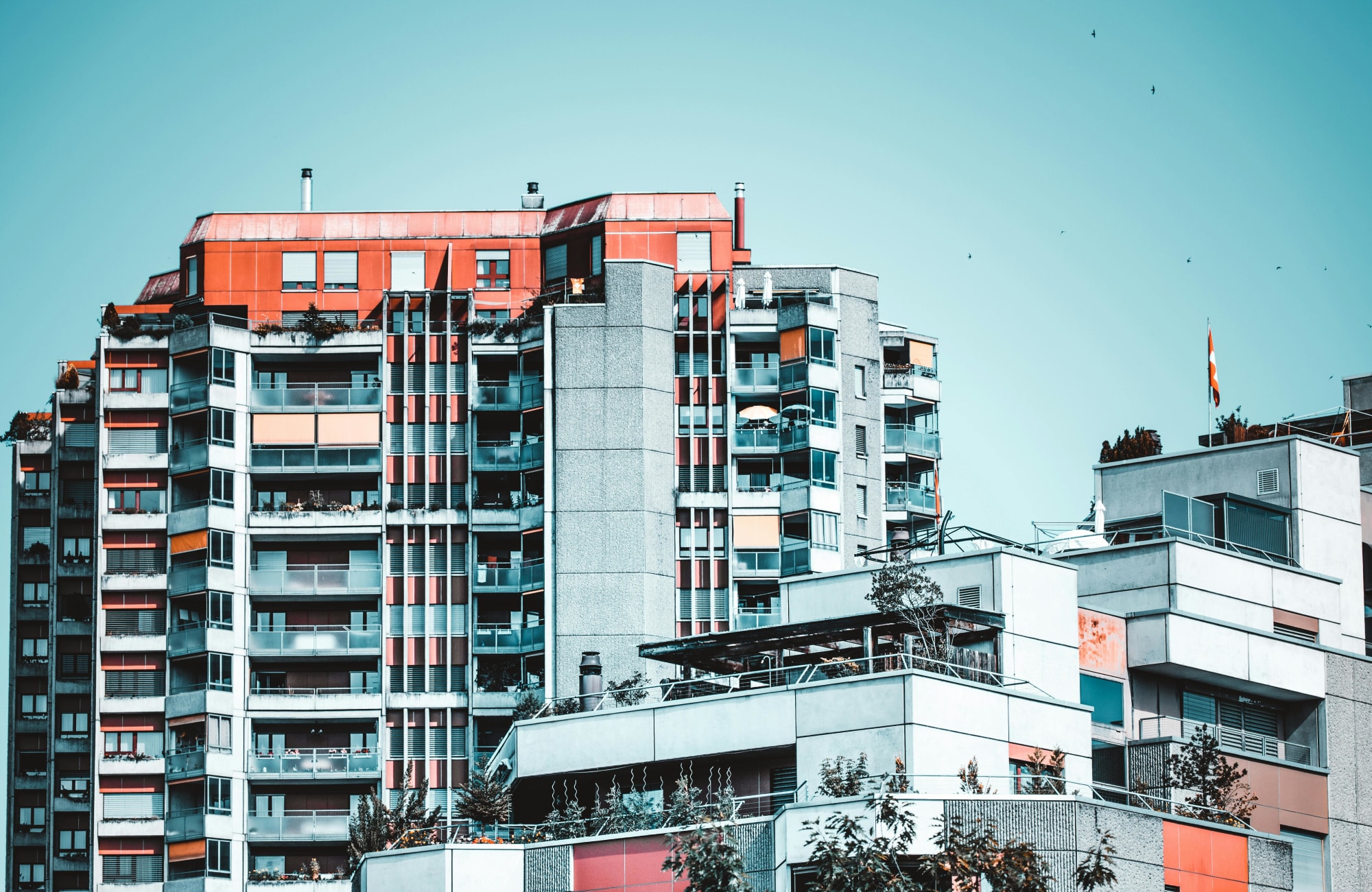Invest
State-by-state breakdown of housing affordability released
Improvements in housing affordability occurred nationally last quarter, with all states and territories except Queensland experiencing an uplift.
State-by-state breakdown of housing affordability released
Improvements in housing affordability occurred nationally last quarter, with all states and territories except Queensland experiencing an uplift.

According to the Adelaide Bank and REIA data, the proportion of income required to meet loan repayments fell to 31.4 per cent, a drop of 0.8 per cent overall.
“The improvement in housing affordability nationally is a welcome finding,” said Darren Kasehagen, head of third party banking at Adelaide Bank.
“Victoria continues to lead with the highest number of first home buyer loans, and housing affordability improved most in NSW for the September quarter. Refinancing excluded, the Australian Capital Territory had the biggest decrease in the number of loans at -7.8 per cent.”
The state by state breakdown:

New South Wales
The proportion of income required to meet loan repayments fell by 1.5 percentage points to 36.3 per cent in NSW, signalling a marked improvement in housing affordability over the quarter.
Rental affordability also improved, as the proportion of income needed to meet median rent repayments dropped by 0.3 per cent to 28.5 per cent.
The amount of loans provided to NSW consumers (excluding refinancing) fell to 30,798 throughout the quarter. This is a decrease of 5.6 per cent compared to the previous quarter and a significant drop of 13.4 per cent from the same quarter last year.
The size of the average new loan (excluding refinancing) has plummeted to $469,859, a fall of 3.1 per cent over the quarter. However, this is still a 3.4 per cent increase compared to the September 2017 quarter.
NSW holds on to the largest average loan size across the country.
Victoria
Victoria saw the most approvals of first home buyer loans in country over the quarter, with 8,601 first-timers. However, this still marked a fall of 4.5 per cent from the quarter before and a decrease of 2.1 per cent when compared to the September quarter 2017.
Housing affordability improved throughout the quarter, indicated by the proportion of income required to meet loan repayments dropping to 33.8 per cent, a decline of 0.5 percentage points.
Overall, however, housing affordability in Victoria has been decreasing year-on-year as the proportion of income needed to meet monthly loan repayments increased by 1.6 per cent over the past year.
Rental affordability has actually fallen marginally, as the proportion of income required to meet median rent has increased to 23.4 per cent. This is an upsurge of 0.1 per cent or 0.3 per cent year-on-year.
In Victoria, the number of loans (excluding refinancing) fell by 29,740. This signals a drop of 5.5 per cent throughout the September quarter and a decrease of 11.4 per cent compared to the corresponding 2017 quarter.
The average new loan has been reduced to $423,585, a drop of 0.6 per cent over the quarter but an increase of 7.7 per cent compared to September 2017.
Queensland
Queensland was the only state and territory whose housing affordability remained static over the September quarter. The proportion of income needed to meet loan repayments remained unchanged at 28.1 per cent.
Over the past year, housing affordability has actually decreased with the proportion of income required to meet loan repayments upsurging by 1.3 per cent.
However, rental affordability has been improving, with the proportion of income needed to meet the median rent falling by 0.3 per cent to 21.9 per cent over the quarter. This is a decrease of 0.9 percentage points compared to the same quarter last year.
There was a drop of 2.6 per cent in the amount of loans (excluding refinancing) that were approved in Queensland over the quarter to 21,429. This indicates a decrease of 10.9 per cent compared to the September quarter of 2017.
Interestingly, the average new loan size actually increased by 0.8 per cent to $352,124 over the quarter. This is a rise of 7.3 per cent compared to the corresponding 2017 quarter.
South Australia
South Australian housing affordability improved over the September quarter, with the proportion of income required to meet monthly loan repayments reduced to 26.7 per cent, a decrease of 0.3 percentage points.
However, year-on-year there has actually been a decline in affordability, as the proportion of income needed to meet monthly loan repayments increased by 1.4 per cent.
The affordability of rentals also improved over the quarter, with the proportion of income required to meet median rent payments falling to 21.8 per cent, a drop of 0.2 percentage points. This signaled a slight decline in rental affordability in comparison to the September 2017 quarter, with the proportion of income needed to meet median rent rising by 0.1 percentage points.
The number of loans in South Australia (excluding refinancing) decreased to 6,884 in the September quarter, a fall of 4.5 per cent from the last quarter and a drop of 4.4 per cent compared to the same quarter of the previous year.
The average new loan size decreased by 0.7 per cent to $313,491. However, this is an increase of 7.6 per cent compared to the same time last year.
Western Australia
Housing affordability improved in Western Australia over the September quarter, as the proportion of income required to meet loan repayments fell by 1.2 per cent to 22.7 per cent.
However, housing has become more unaffordable since September last year, with the proportion of income needed to meet monthly loan repayments rising by 0.3 percentage points over the year.
Rentals have become more affordable, with the proportion of income required to meet the median rent dropping to 16.1 per cent in the quarter. This is a decrease of 0.2 per cent on last quarter and 0.3 per cent compared to last year.
The total number of loans (excluding refinancing) afforded to Western Australians dropped to 10,095, a reduction of 4.8 per cent since the previous quarter and signalling a plummet of 17.6 per cent in comparison to September 2017.
The average new loan saw a decrease of 4.6 per cent over the quarter to $339,943, but this was still an increase of 2.9 per cent when compared to the same quarter last year.
Tasmania
Tasmania saw an improvement in housing affordability also over the quarter, with the proportion of income required to meet loan repayments reduced by 0.3 per cent to 25.1 per cent.
However, overall housing affordability has declined from September last year, with the proportion of income needed to meet loan repayments increasing by 1.8 per cent throughout the year.
Affordability of rentals has actually declined in Tasmania over the quarter, with the proportion of income required to meet median rents increasing by 0.7 per cent to 28.3 per cent. This signals a marked rise of 2 per cent on last year’s September quarter.
Loans to Tasmanians (excluding refinancing) fell by 2.5 per cent to 2,264 over the quarter. However, this was an increase of 2.7 per cent compared with the corresponding quarter of 2017.
The size of the average new loan fell by 0.3 per cent to $265,830 over the quarter, but this was still a hefty increase of 10.1 per cent compared to September 2017.
Tasmania maintains the lowest average loan size across Australia.
Northern Territory
Housing affordability in the Northern Territory improved in the September quarter, as the proportion of income needed to meet loan repayments fell by 0.5 percentage points to 21 per cent.
However, compared with the same time last year, housing affordability has decreased with the proportion of income required to meet loan repayments rising by 1.6 percentage points.
Rentals affordability has also improved, with the proportion of income required to meet the median rent falling by 2.6 per cent in the quarter to 20 per cent. This indicates a decreased of 2.7 percentage points compared with the same quarter last year.
The number of new loans (excluding refinancing) in the NT dropped by 4.7 per cent over the quarter to 587. This signals a significant decrease of 15.5 per cent compared to the September 2017 quarter.
The average loan size (excluding refinancing) fell by 2 per cent over the quarter to $329,578, but this suggests an increase of 10 per cent compared to last year.
Australian Capital Territory
The ACT saw housing affordability improve over the last quarter, with the proportion of income required to meet loan repayments falling to 20 per cent, a drop of 0.9 percentage points.
However, this actually signals a drop in housing affordability when compared to last year, with the proportion of income needed to meet loan repayments increasing by 1.5 per cent.
The affordability of rentals has improved, with the proportion of income needed to meet the median rent decreasing by 0.2 percentage points to 18.4 per cent over the quarter.
This also indicates a fall in rental affordability overall, however, as the proportion of income required to meet the median rent increasing by 0.3 per cent on last year.
The amount of new loans (excluding refinancing) offered to those in the ACT totalled 2,215, a decrease of 7.8 per cent over the quarter and a fall of 13.4 per cent compared to the corresponding quarter of last year.
The average loan size fell to $397,144, a decrease of 3.5 per cent over the quarter but an increase of 10.1 per cent compared to September last year.
The facts:
- Housing affordability improved the most in NSW, with loan repayments as a proportion of income falling by 1.5 per cent
- Queensland was the only state or territory in which housing affordability did not improve in the September quarter
- Tasmania had the largest drop in both housing and rental affordability over the year
- The Northern Territory improved the most in rental affordability throughout the quarter
- The Australian Capital Territory had the biggest fall in the number of loans (excluding refinancing) at -7.8 per cent

Property
Gen Z's secret weapon: Why their homebuying spree could flip Australia's housing market
A surprising share of younger Australians are preparing to buy despite affordability headwinds. One in three Gen Z Australians intend to purchase within a few years and 32 per cent say escaping rent ...Read more

Property
Tasmania’s pet-positive pivot: What landlords, BTR operators and insurers need to do now
Tasmania will soon require landlords to allow pets unless they can prove a valid reason to refuse. This is more than a tenancy tweak; it is a structural signal that the balance of power in rental ...Read more

Property
NSW underquoting crackdown: the compliance reset creating both cost and competitive edge
NSW is moving to sharply increase penalties for misleading price guides, including fines linked to agent commissions and maximum penalties up to $110,000. Behind the headlines sits a more ...Read more

Property
ANZ’s mortgage growth, profit slump: why volume without margin won’t pay the dividends
ANZ lifted home-lending volumes, yet profits fell under the weight of regulatory and restructuring costs—an object lesson in the futility of growth that doesn’t convert to margin and productivityRead more

Property
Rate pause, busy summer: where smart capital wins in Australia’s property market
With the Reserve Bank holding rates steady, the summer selling season arrives with rare predictability. Liquidity will lift, serviceability stops getting worse, and sentiment stabilises. The ...Read more

Property
The 2026 Suburb Thesis: A case study in turning trend lists into investable strategy
A new crop of ‘suburbs to watch’ is hitting headlines, but translating shortlist hype into bottom-line results requires more than a map and a mood. This case study shows how a disciplined, data-led ...Read more

Property
From signals to settlements: A case study in turning property insight into investable action
Investor confidence is rebuilding, first-home buyers are edging back, and governments are pushing supply — yet most property players still struggle to convert signals into decisive movesRead more

Property
Australia’s rental choke point: why record-low vacancies are now a boardroom issue
A tightening rental market is no longer just a housing story—it’s a macro risk, a labour challenge and a strategic opening for capital. With vacancies near historic lows and rents still rising, ...Read more

Property
Gen Z's secret weapon: Why their homebuying spree could flip Australia's housing market
A surprising share of younger Australians are preparing to buy despite affordability headwinds. One in three Gen Z Australians intend to purchase within a few years and 32 per cent say escaping rent ...Read more

Property
Tasmania’s pet-positive pivot: What landlords, BTR operators and insurers need to do now
Tasmania will soon require landlords to allow pets unless they can prove a valid reason to refuse. This is more than a tenancy tweak; it is a structural signal that the balance of power in rental ...Read more

Property
NSW underquoting crackdown: the compliance reset creating both cost and competitive edge
NSW is moving to sharply increase penalties for misleading price guides, including fines linked to agent commissions and maximum penalties up to $110,000. Behind the headlines sits a more ...Read more

Property
ANZ’s mortgage growth, profit slump: why volume without margin won’t pay the dividends
ANZ lifted home-lending volumes, yet profits fell under the weight of regulatory and restructuring costs—an object lesson in the futility of growth that doesn’t convert to margin and productivityRead more

Property
Rate pause, busy summer: where smart capital wins in Australia’s property market
With the Reserve Bank holding rates steady, the summer selling season arrives with rare predictability. Liquidity will lift, serviceability stops getting worse, and sentiment stabilises. The ...Read more

Property
The 2026 Suburb Thesis: A case study in turning trend lists into investable strategy
A new crop of ‘suburbs to watch’ is hitting headlines, but translating shortlist hype into bottom-line results requires more than a map and a mood. This case study shows how a disciplined, data-led ...Read more

Property
From signals to settlements: A case study in turning property insight into investable action
Investor confidence is rebuilding, first-home buyers are edging back, and governments are pushing supply — yet most property players still struggle to convert signals into decisive movesRead more

Property
Australia’s rental choke point: why record-low vacancies are now a boardroom issue
A tightening rental market is no longer just a housing story—it’s a macro risk, a labour challenge and a strategic opening for capital. With vacancies near historic lows and rents still rising, ...Read more








